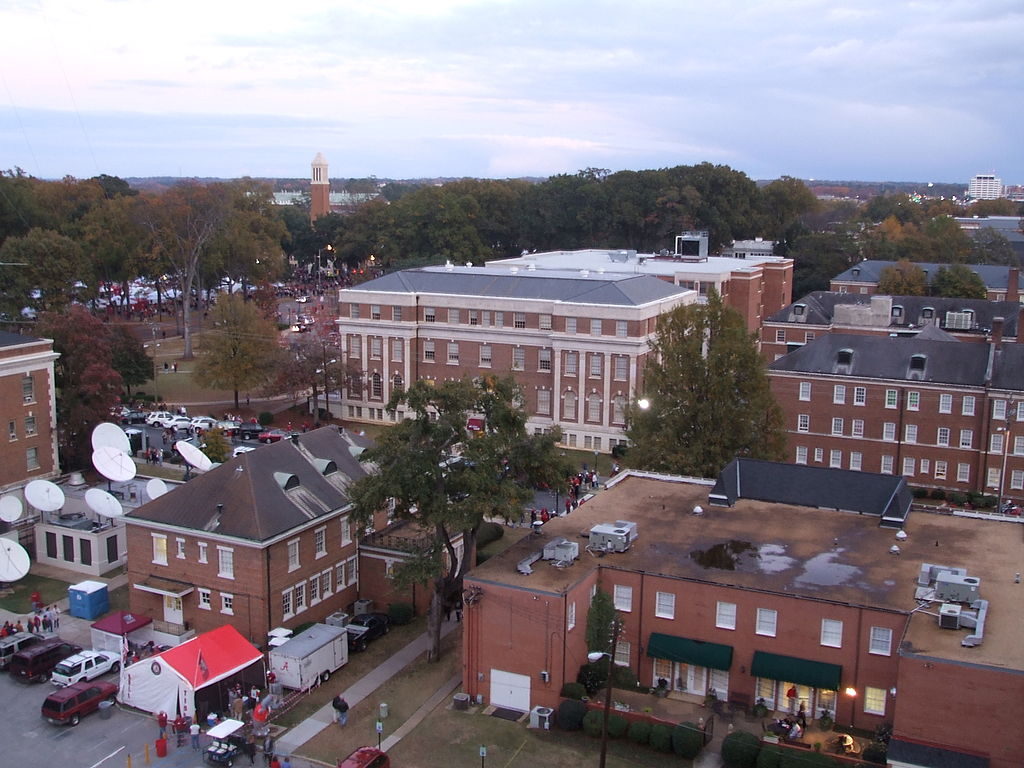
Alabama A&M University is very proud to exist as a direct result of the Alabama State legislature’s 1873 bill. This established the State Normal School and University of the Education of Colored Teachers and Students. So long as school trustees and the president ensured that the school was at the disposal of the state, it was able to operate. Before 1873, however, William Hooper Councill had already founded the Lincoln Normal School, which happened four years earlier. As such, AAMU simply continued what they had already started: making an education available to all, regardless of racial background. On May 1, 1875, the first 61 students were welcomed through the school’s doors, receiving $1,000 per year in state appropriation. It was called the Huntsville Normal School at that time.
Councill changed the curriculum in 1878, including industrial education. This ensured more students could obtain the relevant practical skills that they would need in employment. This received national attention and the Peabody Education Fund and Slater Fund immediately supported it. A number of private investors quickly followed suit. The industrial education proved to be so successful, that the state agreed that the name of the school could change, turning it into the State Normal and Industrial School at Huntsville. Furthermore, the appropriation increased to $4,000 per year instead.
In 1891, the Morrell Act of 1890 was fully implemented, ensuring the school could receive further funds. As a result of this, they were able to provide a curriculum that included mechanical and practical subjects, including architecture, agriculture, and engineering. The school was once again renamed to the State Normal Industrial Institute for Negroes. However, in 1896, it finally became the Alabama Agricultural and Mechanical College for Negroes at Normal. This ensures more African American people were able to complete a high-quality education.
On June 26, 1969, the school was finally called the Alabama A&M University (AAMU), as it is today. Still one of the original land-grant universities of 1890, however, these school continues to be able to receive various federal funds for its educational and instructional programs. In every state where an 1890 land-grant university is placed, there is also an 1862 university, with the exception of Alabama. This is because it has two 1890s universities and one 1862 one. There are 19 such universities in total across the nation.
AAMU is proud of its heritage, and it is particularly proud of the contributions African Americans and other minority groups have made to the state, and to the nation as a whole. For instance, the state is the birthplace of women such as Rosa Parks and Helen Keller, two women who, despite their disadvantaged statuses (Rosa Parks being African American and Helen Keller being deaf-blind) changed the world for the better. This is a heritage AAMU aims to instill on each of their students, seeing these women, and other important people from Alabama, as role models to the generation of today, and to the world as a whole.


